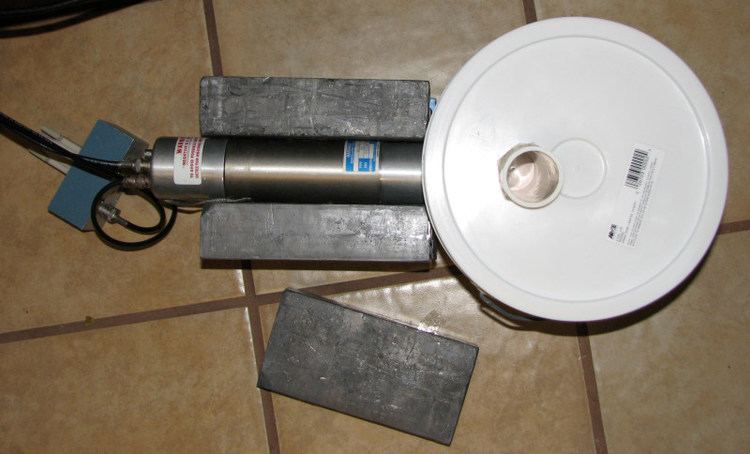 | ||
Easy polonium beryllium neutron source assembly disassembly and discussion
A neutron source is any device that emits neutrons, irrespective of the mechanism used to produce the neutrons. Neutron source devices are used in physics, engineering, medicine, nuclear weapons, petroleum exploration, biology, chemistry and nuclear power.
Contents
- Easy polonium beryllium neutron source assembly disassembly and discussion
- John carpenter history development and application of neutron sources
- Radioisotopes which undergo spontaneous fission
- Radioisotopes which decay with alpha particles packed in a low Z elemental matrix
- Radioisotopes which decay with high energy photons co located with beryllium or deuterium
- Sealed tube neutron generators
- Plasma focus and plasma pinch devices
- Inertial electrostatic confinement
- Light ion accelerators
- High energy bremsstrahlung photoneutronphotofission systems
- Nuclear fission reactors
- Nuclear fusion systems
- High energy particle accelerators
- Neutron flux
- References

Neutron source variables include the energy of the neutrons emitted by the source, the rate of neutrons emitted by the source, the size of the source, the cost of owning and maintaining the source, and government regulations related to the source.
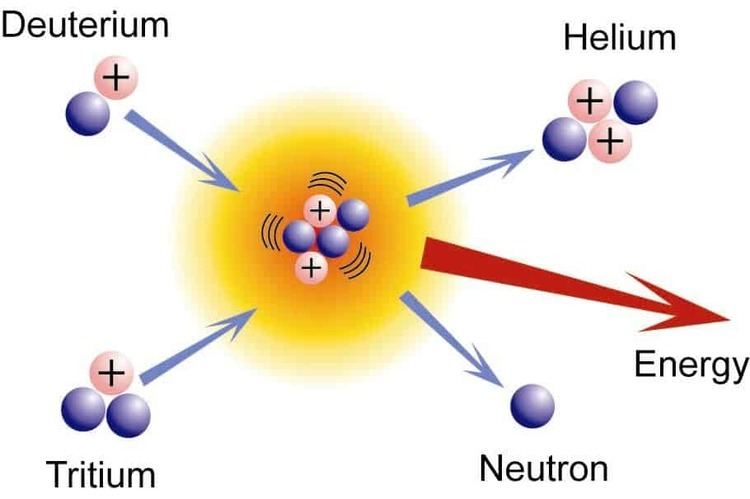
John carpenter history development and application of neutron sources
Radioisotopes which undergo spontaneous fission
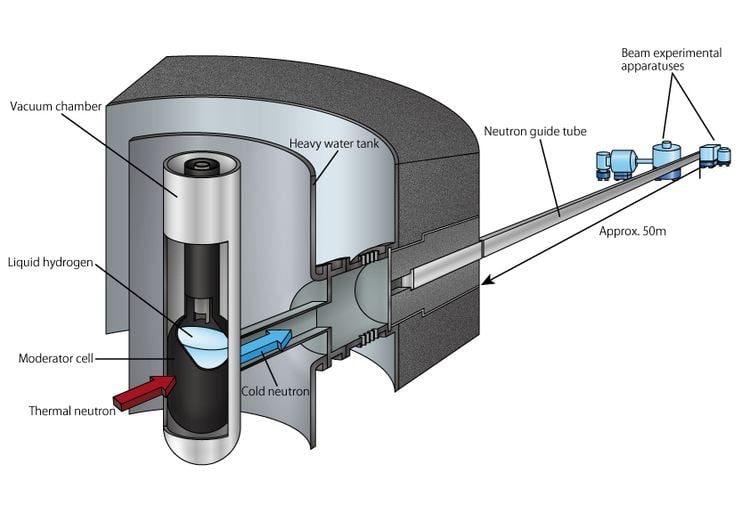
Certain isotopes undergo spontaneous fission with emission of neutrons. The most commonly used spontaneous fission source is the radioactive isotope californium-252. Cf-252 and all other spontaneous fission neutron sources are produced by irradiating uranium or another transuranic element in a nuclear reactor, where neutrons are absorbed in the starting material and its subsequent reaction products, transmuting the starting material into the SF isotope. Cf-252 neutron sources are typically 1/4" to 1/2" in diameter and 1" to 2" in length. When purchased new a typical Cf-252 neutron source emits between 1×107 to 1×109 neutrons per second but, with a half life of 2.6 years, this neutron output rate drops to half of this original value in 2.6 years. The price of a typical Cf-252 neutron source is from $15,000 to $20,000.
Radioisotopes which decay with alpha particles packed in a low-Z elemental matrix

Neutrons are produced when alpha particles impinge upon any of several low atomic weight isotopes including isotopes of beryllium, carbon and oxygen. This nuclear reaction can be used to construct a neutron source by intermixing a radioisotope that emits alpha particles such as radium, polonium or americium with a low atomic weight isotope, usually in the form of a mixture of powders of the two materials. Typical emission rates for alpha reaction neutron sources range from 1×106 to 1×108 neutrons per second. As an example, a representative alpha-beryllium neutron source can be expected to produce approximately 30 neutrons for every one million alpha particles. The useful lifetime for these types of sources is highly variable, depending upon the half life of the radioisotope that emits the alpha particles. The size and cost of these neutron sources are also comparable to spontaneous fission sources. Usual combinations of materials are plutonium-beryllium (PuBe), americium-beryllium (AmBe), or americium-lithium (AmLi).
Radioisotopes which decay with high-energy photons co-located with beryllium or deuterium
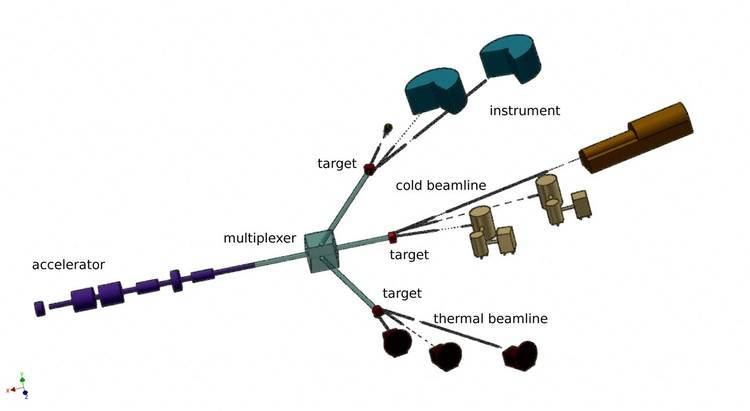
Gamma radiation with an energy exceeding the neutron binding energy of a nucleus can eject a neutron. Two examples and their decay products:

Sealed tube neutron generators
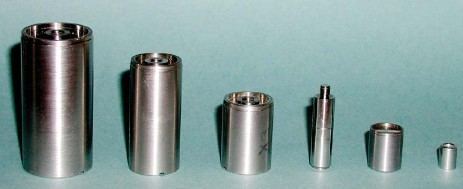
Some accelerator-based neutron generators exist that work by inducing fusion between beams of deuterium and/or tritium ions and metal hydride targets which also contain these isotopes.
Plasma focus and plasma pinch devices
The plasma focus neutron source (see Plasma focus, not to be confused with the so-called Farnsworth-Hirsch fusor) produces controlled nuclear fusion by creating a dense plasma within which ionized deuterium and/or tritium gas is heated to temperatures sufficient for creating fusion.
Inertial electrostatic confinement
This group of devices use an electric field to heat a plasma to fusion conditions and produce neutrons. Various applications from a hobby enthusiast scene up to commercial applications have developed, mostly in the US.
Light ion accelerators
Traditional particle accelerators with hydrogen (H), deuterium (D), or tritium (T) ion sources may be used to produce neutrons using targets of deuterium, tritium, lithium, beryllium, and other low-Z materials. Typically these accelerators operate with energies in the > 1 MeV range,
High-energy bremsstrahlung photoneutron/photofission systems
Neutrons (so called photoneutrons) are produced when photons above the nuclear binding energy of a substance are incident on that substance, causing it to undergo giant dipole resonance after which it either emits a neutron or undergoes fission. The number of neutrons released by each fission event is dependent on the substance. Typically photons begin to produce neutrons on interaction with normal matter at energies of about 7 to 40 MeV, which means that megavoltage photon radiotherapy facilities may produce neutrons as well, and require special shielding for them. In addition, electrons of energy over about 50 MeV may induce giant dipole resonance in nuclides by a mechanism which is the inverse of internal conversion, and thus produce neutrons by a mechanism similar to that of photoneutrons.
Nuclear fission reactors
Nuclear fission which takes place within in a reactor produces very large quantities of neutrons and can be used for a variety of purposes including power generation and experiments.
Nuclear fusion systems
Nuclear fusion, the combining of the heavy isotopes of hydrogen, also has the potential to produces large quantities of neutrons. Small scale fusion systems exist for (plasma) research purposes at many universities and laboratories around the world. A small number of large scale nuclear fusion experiments also exist including the National Ignition Facility in the USA, JET in the UK, and soon the ITER experiment currently under construction in France. None are yet used as neutron sources. Inertial confinement fusion has the potential to produce orders of magnitude more neutrons than spallation. This could be useful for neutron radiography which can be used to locate hydrogen atoms in structures, resolve atomic thermal motion and study collective excitations of nuclei more effectively than X-rays.
High-energy particle accelerators
A spallation source is a high-flux source in which protons that have been accelerated to high energies hit a target material, prompting the emission of neutrons.
Neutron flux
For most applications, a higher neutron flux is better (since it reduces the time required to conduct the experiment, acquire the image, etc.). Amateur fusion devices, like the fusor, generate only about 300 000 neutrons per second. Commercial fusor devices can generate on the order of 109 neutrons per second, which corresponds to a usable flux of less than 105 n/(cm² s). Large neutron beamlines around the world achieve much greater flux. Reactor-based sources now produce 1015 n/(cm² s), and spallation sources generate greater than 1017 n/(cm² s).
